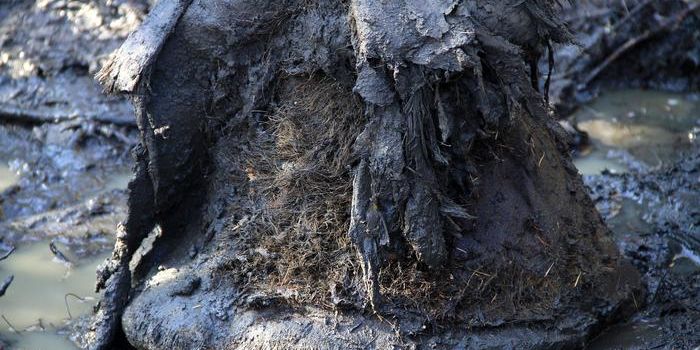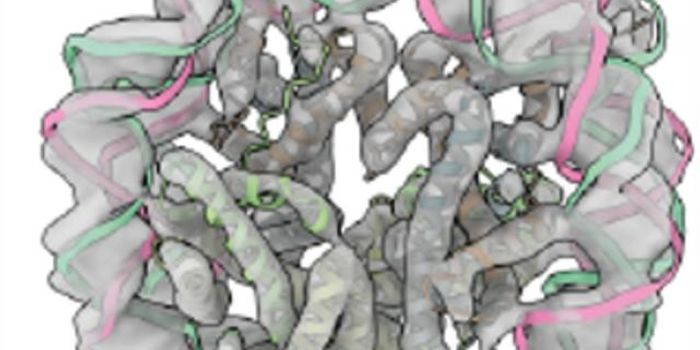Woolly Rhinos Weren't Hunted to Extinction
It's been hypothesized that animals like the woolly mammoth, woolly rhinoceros, and cave lion began to disappear at the end of the last ice age when humans started to migrate around the world and hunted megafauna to extinction. While overhunting probably did cause the demise of some of these creatures, new work reported in Current Biology has indicated that the woolly rhinoceros seems to have gone extinct because of climate change.
"It was initially thought that humans appeared in northeastern Siberia 14,000 or 15,000 years ago, around when the woolly rhinoceros went extinct. But recently, there have been several discoveries of much older human occupation sites, the most famous of which is around 30,000 years old," said the senior author of the study Love Dalén, a professor of evolutionary genetics at the Centre for Palaeogenetics of Stockholm University and the Swedish Museum of Natural History. "So, the decline towards extinction of the woolly rhinoceros doesn't coincide so much with the first appearance of humans in the region. If anything, we actually see something looking a bit like an increase in population size during this period."
The scientists sequenced genomic samples from the bone, hair, and tissue of fourteen woolly rhinos, and learned that a diverse population of the megaherbivores was stable until a few thousand years before it vanished from Siberia.
"We sequenced a complete nuclear genome to look back in time and estimate population sizes, and we also sequenced fourteen mitochondrial genomes to estimate the female effective population sizes," explained the study co-first author Edana Lord, a graduate student at the Centre for Palaeogenetics.
"We examined changes in population size and estimated inbreeding. We found that after an increase in population size at the start of a cold period some 29,000 years ago, the woolly rhino population size remained constant and that at this time, inbreeding was low," explained the study co-first author Nicolas Dussex, a postdoctoral researcher at the Centre for Palaeogenetics.
The group enjoyed relative stability until long after humans settled in Siberia, in contrast to what would be expected if there had been a lot of hunting happening.
"That's the interesting thing," noted Lord. "We actually don't see a decrease in population size after 29,000 years ago. The data we looked at only goes up to 18,500 years ago, which is approximately 4,500 years before their extinction, so it implies that they declined sometime in that gap."
There were mutations in the genetic sequences that were likely helping the woolly rhinos adjust to colder weather. One mutation, for example, was in a skin receptor that can sense temperature and has been found in woolly mammoths as well. This change suggests that the woolly rhinoceros, an animal adapted to the frigid climate of northeast Siberia, might have gone into decline during a period of warmth towards the end of the last ice age.
"We're coming away from the idea of humans taking over everything as soon as they come into an environment, and instead elucidating the role of climate in megafaunal extinctions," said Lord. "Although we can't rule out human involvement, we suggest that the woolly rhinoceros' extinction was more likely related to climate."
The investigators are hoping to analyze more samples from woolly rhinos that died in the gap between the time of the last sequenced sample and their extinction.
"What we want to do now is to try to get more genome sequences from rhinos that are between 18,000 and 14,000 years old, because at some point, surely they must decline," said Dalén. "We know the climate changed a lot, but the question is: how much were different animals affected, and what do they have in common?"
Sources: AAAS/Eurekalert! via Cell Press, Current Biology









